When it comes to maintaining your Vertical Form Fill Seal (VFFS) machine, ensuring optimal performance and minimal downtime is crucial for your business.
One critical aspect of VFFS machine maintenance is setting up the film registration photo eye sensor.
In this guide, we’ll provide step-by-step instructions on how to set up and adjust the photo eye sensor, along with valuable insights to help you get the most out of your VFFS machine.
1. Understanding the Role of the Photo Eye Sensor in VFFS Machines
The photo eye sensor, also known as the registration sensor, plays a crucial role in VFFS machines by detecting the registration marks on the film. This ensures that the printed design and text on the packaging are correctly aligned during the sealing process. By accurately setting up the photo eye sensor, you can achieve consistent packaging quality and minimize waste.
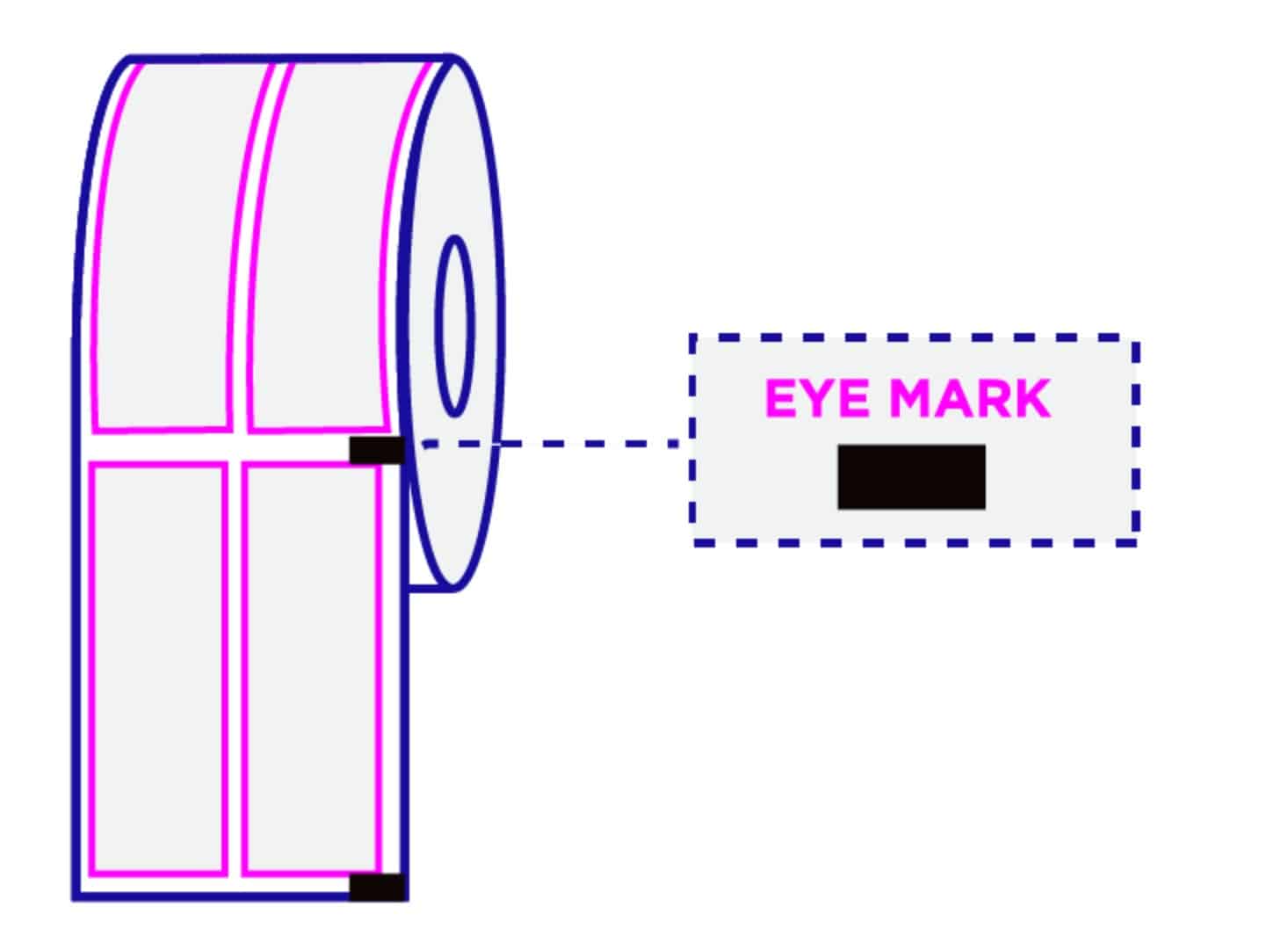 2. Setting up the Photo Eye Sensor: A Step-by-Step Guide
2. Setting up the Photo Eye Sensor: A Step-by-Step Guide
Step 1: Power on the VFFS Machine
Before adjusting the photo eye sensor, ensure the VFFS machine is powered on and properly warmed up. This will ensure that all components are functioning correctly and ready for adjustment.
Step 2: Access the Sensor Settings Menu
Navigate to the VFFS machine’s control panel and access the sensor settings menu. This is where you can adjust the photo eye sensor settings and monitor its performance.
Step 3: Position the Sensor
Ensure that the photo eye sensor is correctly positioned in front of the film registration marks. The sensor should be aligned with the center of the marks to achieve the most accurate readings.
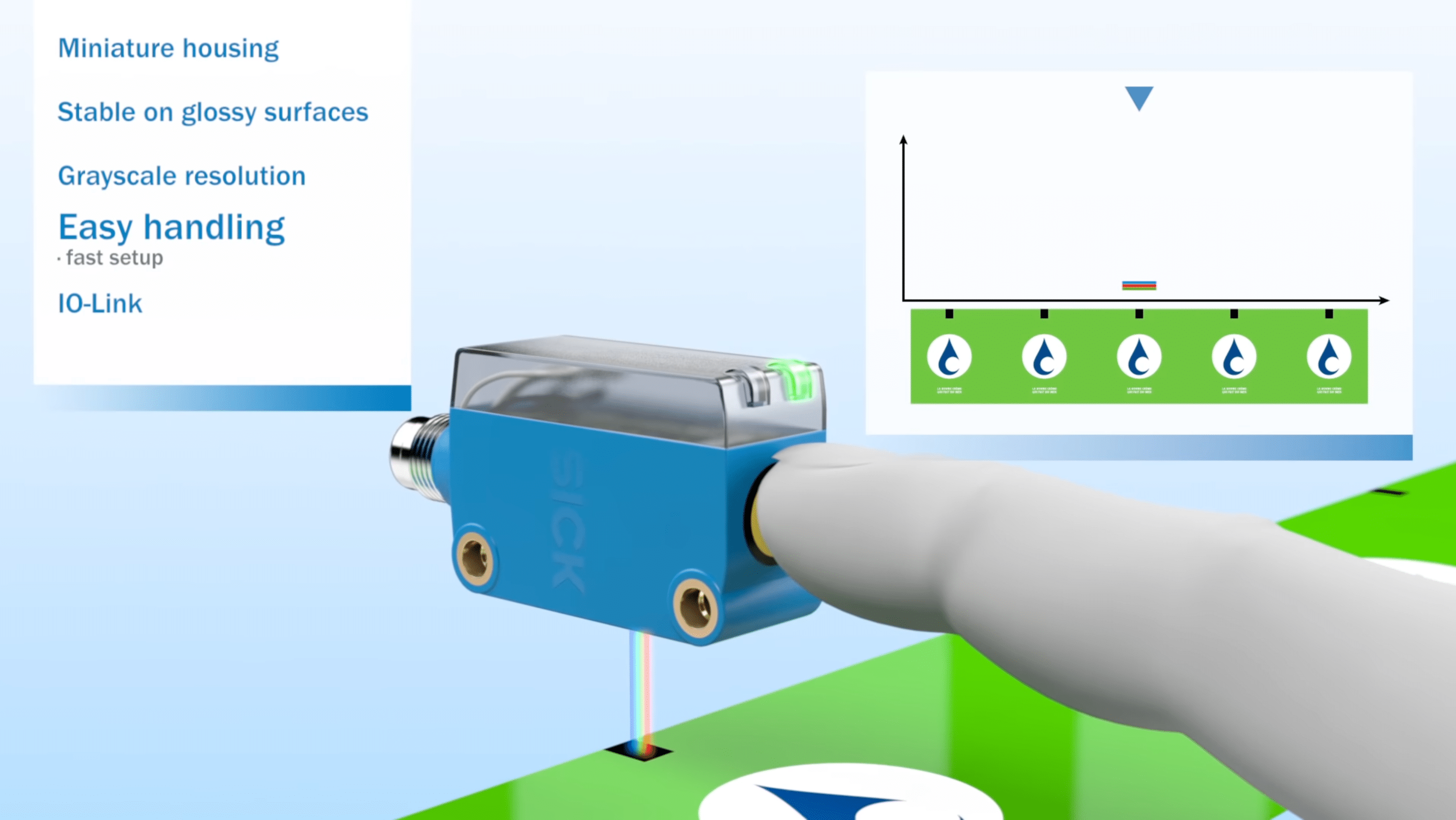
Step 4: Configure the Sensor Settings
In the sensor settings menu, adjust the sensitivity and threshold values according to the manufacturer’s recommendations. These values may vary depending on the type of film and registration marks used.
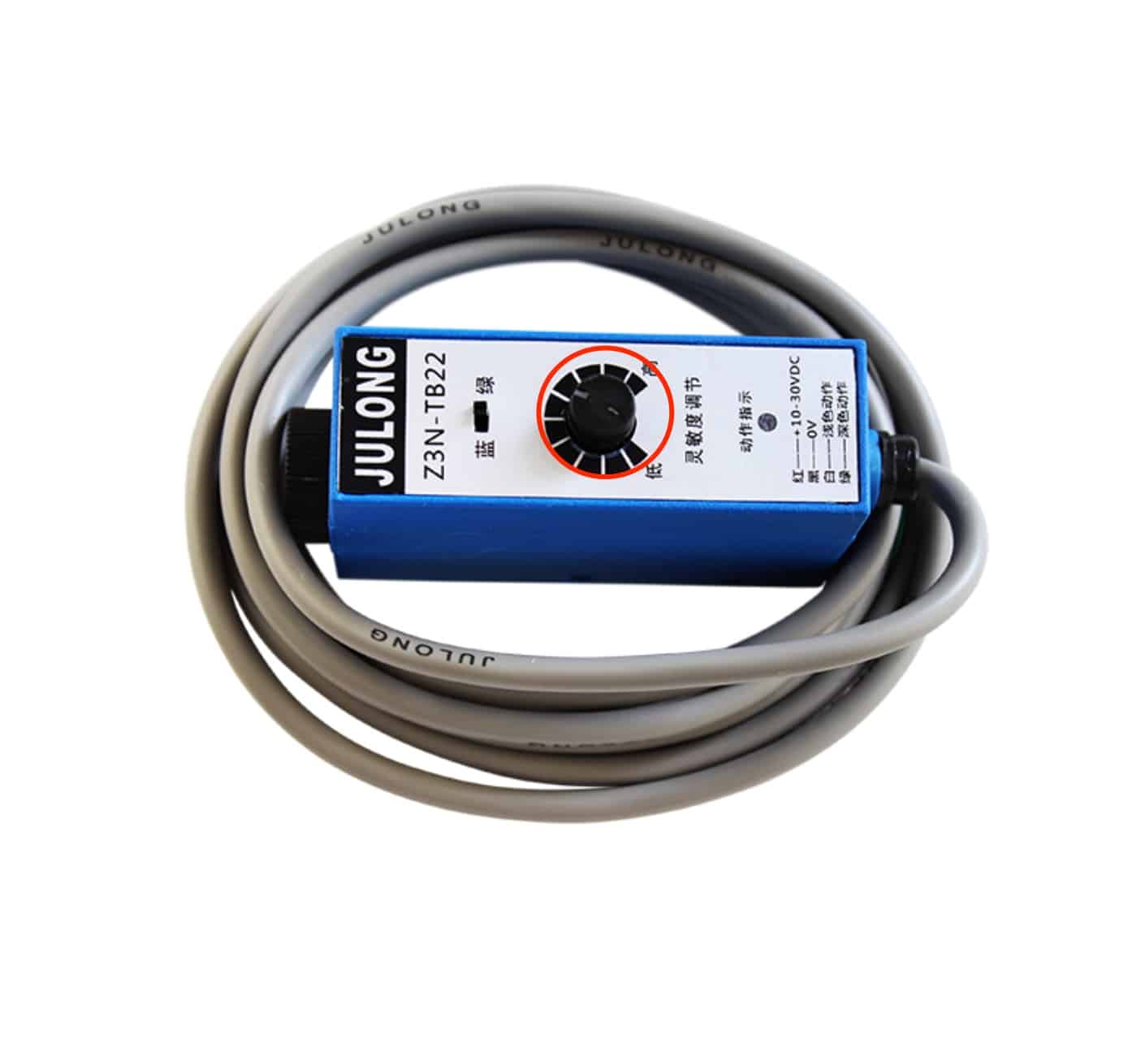
Step 5: Test the Sensor
With the sensor correctly positioned and configured, run a test cycle on the VFFS machine. Observe whether the photo eye sensor is accurately detecting the registration marks and making the necessary adjustments to the sealing process.
Step 6: Set the target bag length on the setting.
Kindly add an additional 5mm to your target to allow the print mark to successfully pass the sensor during operation.
3. Fine-Tuning the Photo Eye Sensor for Optimal Performance
If the initial test cycle reveals issues with the sensor’s performance, you may need to fine-tune its settings. To do this, follow these steps:
- Review the test cycle results and identify any inconsistencies or misalignments in the packaging. This will help you determine the necessary adjustments to the sensor settings.
- Adjust the sensor sensitivity and threshold values incrementally until the desired performance is achieved. Keep in mind that higher sensitivity values can increase the likelihood of false readings, while lower values may result in missed registration marks.
- Verify the sensor’s alignment and position, ensuring that it is centered on the registration marks. If necessary, adjust the sensor’s position to improve its accuracy.
- Perform additional test cycles to confirm that the adjustments have resolved any issues with the photo eye sensor’s performance. Repeat the fine-tuning process as needed until the sensor accurately detects registration marks and produces consistent, high-quality packaging.
4. Troubleshooting Common Photo Eye Sensor Issues
Despite proper setup and fine-tuning, the photo eye sensor may still encounter issues during operation. Here are some common problems and their solutions:
Issue: Sensor fails to detect registration marks
- Solution: Clean the sensor lens and ensure that it is properly aligned with the registration marks. Additionally, verify that the sensitivity and threshold settings are correct.
Issue: Sensor produces false readings
- Solution: Adjust the sensitivity and threshold settings to reduce the likelihood of false readings. Ensure that the sensor lens is clean and free of obstructions.
Issue: Inconsistent packaging alignment
- Solution: Verify the film’s tension and tracking, and make adjustments if necessary. Ensure that the photo eye sensor is properly positioned and aligned with the registration marks.
Issue: Fluctuations in ambient light affecting sensor performance
- Solution: Use a light shield or enclosure to protect the sensor from external light sources. Alternatively, consider using sensors with built-in light immunity features.
5. Maintaining the Photo Eye Sensor for Long-Term Reliability
To ensure the long-term reliability and accuracy of your photo eye sensor, regular maintenance is essential. Here are some maintenance tips to keep your sensor in optimal condition:
- Clean the sensor lens: Periodically clean the sensor lens with a soft, lint-free cloth to remove dust, debris, and smudges that may impact its performance.
- Inspect the sensor’s position: Check the alignment and positioning of the sensor regularly to ensure that it remains centered on the registration marks.
- Monitor the sensor’s performance: Keep track of the sensor’s performance during operation, and make adjustments to its settings if necessary. Regular monitoring can help you identify potential issues before they become critical.
- Replace worn or damaged components: Inspect the sensor and its mounting hardware for signs of wear or damage. Replace any components that are no longer functioning optimally.
By following this comprehensive guide to setting up and maintaining the film registration photo eye sensor, you can ensure the consistent, high-quality performance of your VFFS machine. Properly
maintaining the photo eye sensor not only minimizes waste but also improves your packaging process’s efficiency and accuracy. As a result, you can boost your production capabilities and maintain a competitive edge in the packaging industry.
In conclusion, understanding the role of the photo eye sensor in VFFS machines, setting it up correctly, fine-tuning its performance, troubleshooting common issues, and performing regular maintenance are all critical steps in achieving optimal packaging results. By following the guidance provided in this article, you can ensure that your VFFS machine operates at peak efficiency and delivers the high-quality packaging that your customers demand.
By following this step-by-step process, you can confidently manage your VFFS machine’s film registration photo eye sensor and maintain the highest standards of packaging quality and efficiency.
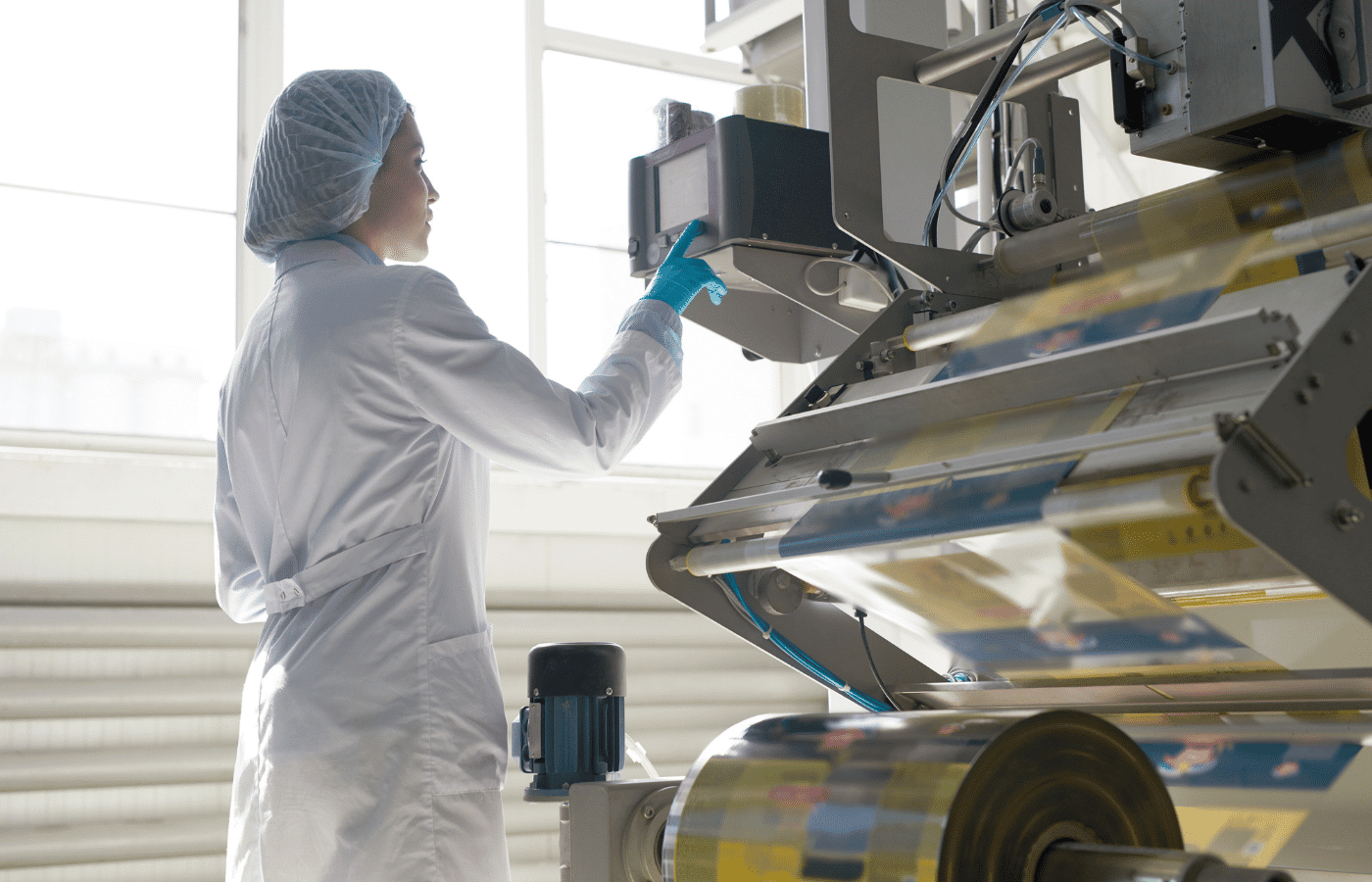

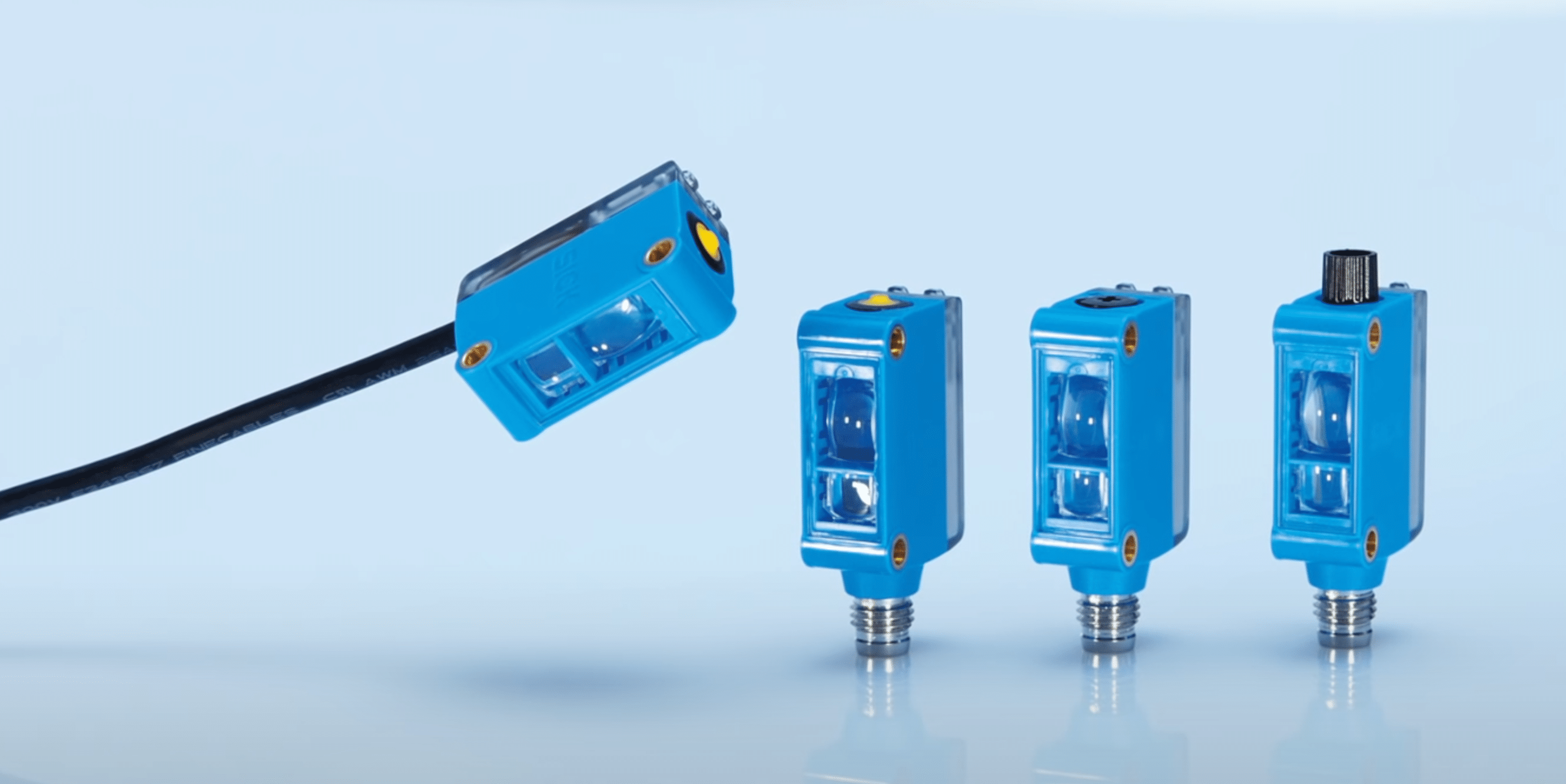
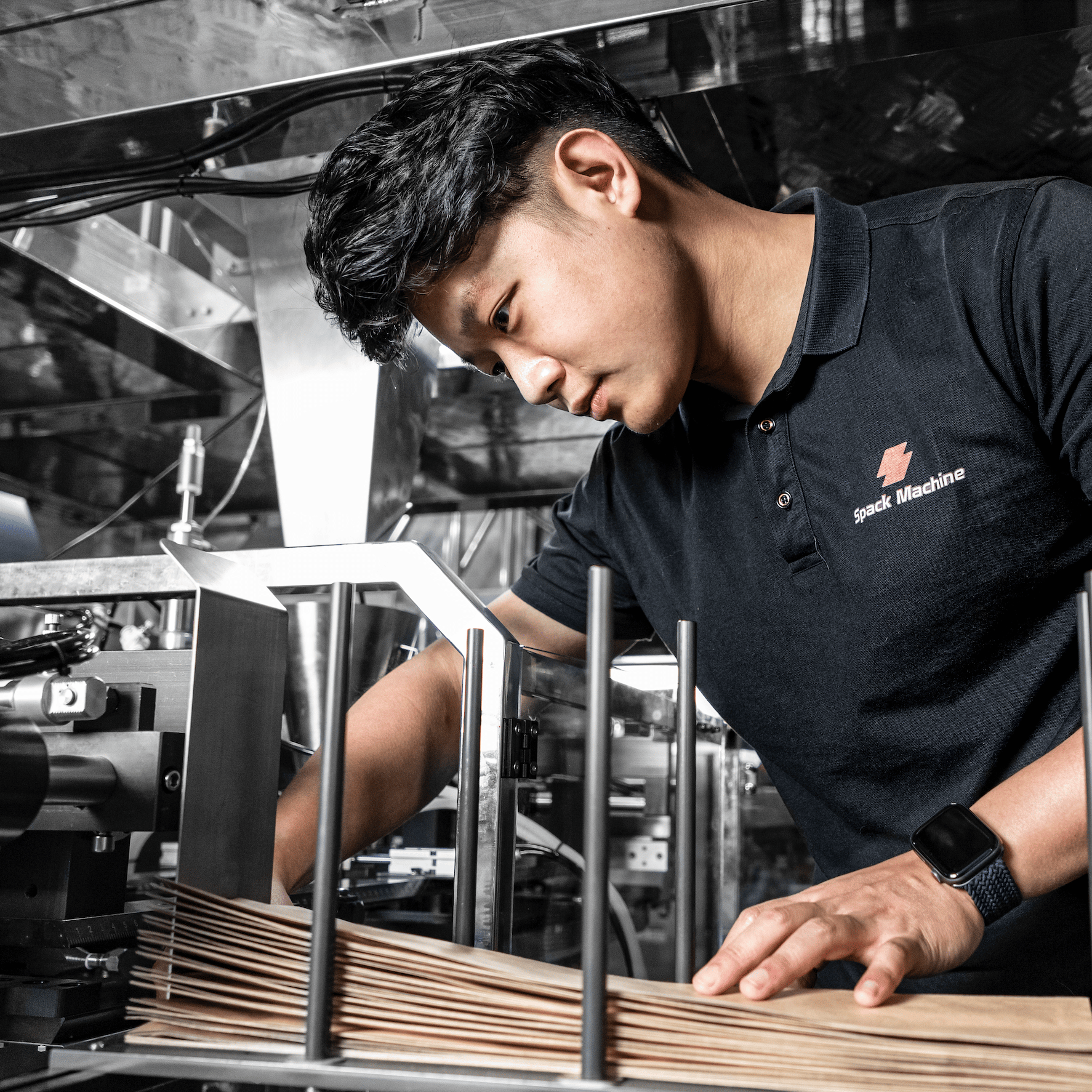
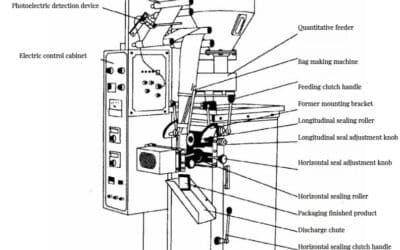
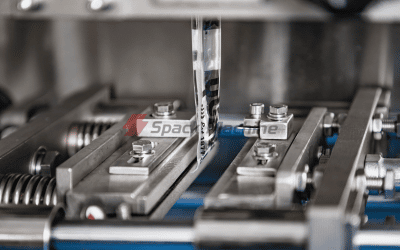
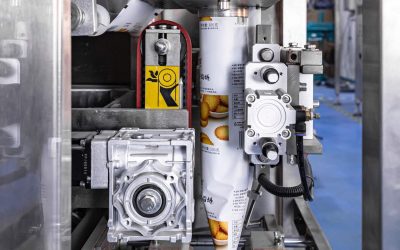
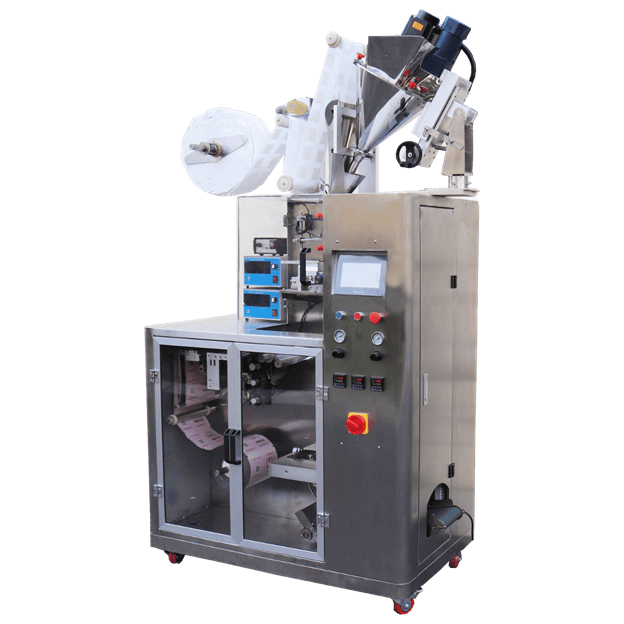
0 Comments